 My heart felt condolences to all the families and the victims of the tragedy at Sandy Hook Elementary School in Newtown. Our hearts are broken.
Not that long ago, I was listening to On Being's radio show about the mindfulness of anger, the talk was offered by Buddhist Master, Thich Hhat Hanh and in times like this when our own thoughts can't possible offer an explanation, we must turn to the wiser ones, the stronger ones, knowing that in our hearts those qualities abide too.
My heart felt condolences to all the families and the victims of the tragedy at Sandy Hook Elementary School in Newtown. Our hearts are broken.
Not that long ago, I was listening to On Being's radio show about the mindfulness of anger, the talk was offered by Buddhist Master, Thich Hhat Hanh and in times like this when our own thoughts can't possible offer an explanation, we must turn to the wiser ones, the stronger ones, knowing that in our hearts those qualities abide too.
I found light in this passage from the Buddhist master, I hope you do too. It is particularly poignant:
"…there is a seed of anger in every one of us. There are many kinds of seeds that lie deep in our consciousness, a seed of anger, a seed of violence, a seed of fear, a seed of jealousy, a seed of full despair, a seed of miscommunication, a seed of hate. They're all there and, when they sleep, we are okay. But if someone come and water these seeds, they will manifest into energy and they will make us suffer. We also have wholesome seeds in us, namely the seeds of understanding, of awakening, of compassion, of nonviolence, of nondiscrimination, a seed of joy and forgiveness. They are also there.
What we see, what we hear, what we eat, always water the seed of violence, the seed of despair, the seed of hate in us and in our children. That is why it's very urgent to do something collectively in order to change the situation. Not only educators, but parents, legislators, artists, have to come together in order to discuss the strategy that can help bring the kind of safe environment to us and to our children where we shall be protected from the negative watering of the seeds in us. The practice of transformation and healing could not be effective without this practice of seeking or creating a sane environment. When someone is sick, you have to bring him to a place where he or she can be treated and to heal.
If the human person is affected by the poison of violence and anger and despair, if you want to help heal him or her, you have to bring him or her out of the situation where she continues to ingest the poisons of violence. This is very simple. This is very clear and this is not only the job of educators. Everyone has to participate to the work of creating safe environments for us and for our children."
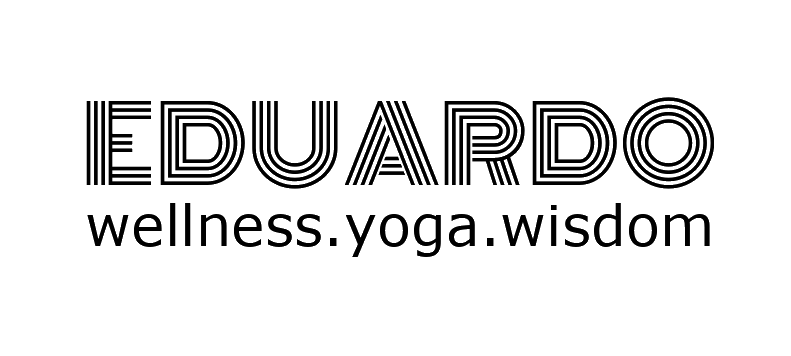


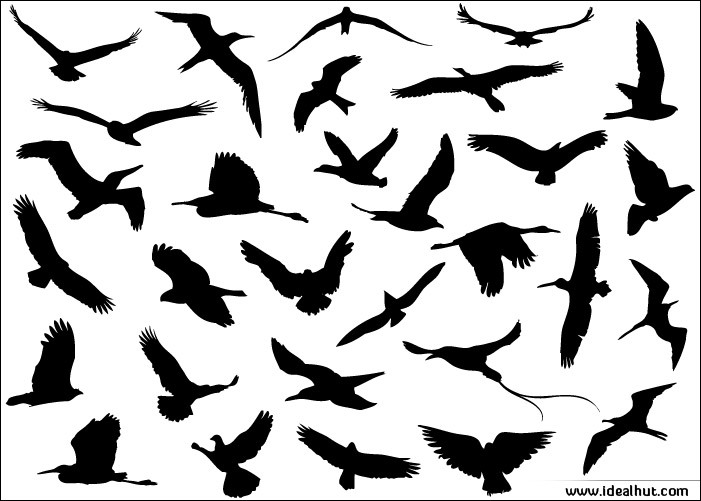 In all my studies of anatomy, philosophy, design and yoga there is the common thread of observing nature's pulsation. This idea of contraction and expansion permeates our surroundings, our bodies, our minds and spirits. When we are able to tab, connect, ride, touch or pulsate with the overarching pulsation of God, then we experience an authentic life that moves us closer to the sweetest experience of life itself. I found this poem by
In all my studies of anatomy, philosophy, design and yoga there is the common thread of observing nature's pulsation. This idea of contraction and expansion permeates our surroundings, our bodies, our minds and spirits. When we are able to tab, connect, ride, touch or pulsate with the overarching pulsation of God, then we experience an authentic life that moves us closer to the sweetest experience of life itself. I found this poem by 

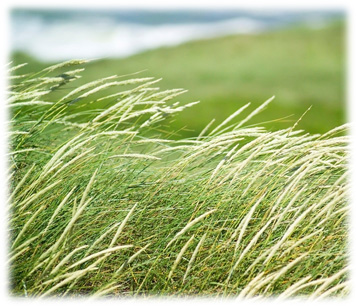 We may tend to attribute ego-driven behaviors to Nature (i.e., wrath), but I know that Nature is Love, because God is Love. And Love has no Ego. As we prepare to gather for Thanksgiving, I want to share this beautiful prayer that was written a century ago, but its connection with Grace and Gratitude is permanent and as relevant today as it will a hundred years from now. Happy Thanksgiving.
We may tend to attribute ego-driven behaviors to Nature (i.e., wrath), but I know that Nature is Love, because God is Love. And Love has no Ego. As we prepare to gather for Thanksgiving, I want to share this beautiful prayer that was written a century ago, but its connection with Grace and Gratitude is permanent and as relevant today as it will a hundred years from now. Happy Thanksgiving.
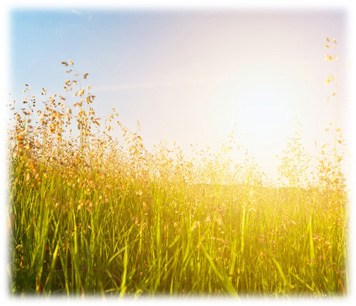 As we walk in our Yoga Practice inevitable we'll encounter the path of Meditation and even though I believe that no one can teach you meditation; I do believe that there are tools that can help you find it and that there are great teachers that can guide you with these tools.
As we walk in our Yoga Practice inevitable we'll encounter the path of Meditation and even though I believe that no one can teach you meditation; I do believe that there are tools that can help you find it and that there are great teachers that can guide you with these tools. Getting ready for the cooking season - aka Holiday Season- makes me a serious snacker. The anticipation of tasting a new recipe or eating my favorite ones makes me real hungry. I know I will be eating a big meal, so I try not to eat too much before a dinner party. This can result in either feeling frustrated (celery sticks are not exciting, I don't care what Dr. Oz says) or feeling guilty (once a bag of chip is open, it will be eaten; Oprah is right!). So I'm always trying to improve the quality of my snacks so they are pack with nutrition and are exciting to eat and, easy and fun to prepare. So I am presenting one of my favorite snack.
Almond butter is high in protein and easy to make. I know you can buy almond butter already made, but preparing it while cooking a dish, somehow makes me feel more satisfy (it's about the labor, not the fruit of it). Serving it with fruits, veggies or rice crackers proves to be a delicious and satisfying.
Getting ready for the cooking season - aka Holiday Season- makes me a serious snacker. The anticipation of tasting a new recipe or eating my favorite ones makes me real hungry. I know I will be eating a big meal, so I try not to eat too much before a dinner party. This can result in either feeling frustrated (celery sticks are not exciting, I don't care what Dr. Oz says) or feeling guilty (once a bag of chip is open, it will be eaten; Oprah is right!). So I'm always trying to improve the quality of my snacks so they are pack with nutrition and are exciting to eat and, easy and fun to prepare. So I am presenting one of my favorite snack.
Almond butter is high in protein and easy to make. I know you can buy almond butter already made, but preparing it while cooking a dish, somehow makes me feel more satisfy (it's about the labor, not the fruit of it). Serving it with fruits, veggies or rice crackers proves to be a delicious and satisfying.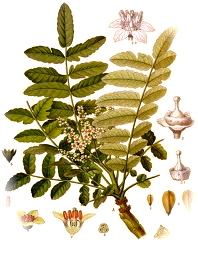 During the stormy transition from Summer into Fall, I can feel a bit uprooted. Whenever this feeling of being disconnected from the present arrives, I try to stay focus on what is happening inside. Yoga and meditation are a perfect way to stay rooted. And as an aid to help me stay connected, I use
During the stormy transition from Summer into Fall, I can feel a bit uprooted. Whenever this feeling of being disconnected from the present arrives, I try to stay focus on what is happening inside. Yoga and meditation are a perfect way to stay rooted. And as an aid to help me stay connected, I use 
